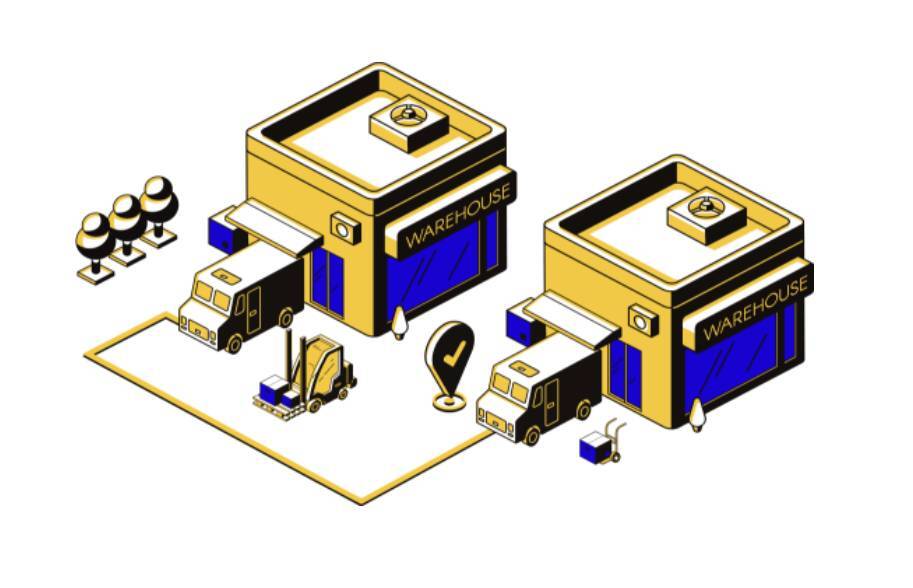New opportunities arise with each passing day. Similar is the case with the supply chain and how drastically it has changed over the past years. Innovations have come about in the supply chain, from how raw materials are sourced to how the industry executes the deliveries.
These innovations have given rise to the middle mile system. If you are wondering about middle-mile delivery, then you are not alone. Continue reading to learn more about it.
What is middle mile delivery?
Middle mile delivery consists of distributing goods from the warehouse that stores the goods from the supplier or production center to the fulfillment facilities like retail stores where customers will purchase the goods.
This opens up a cost-effective way that was not available previously with last-mile delivery. So let’s look at the difference between them and how middle mile delivery can benefit your business.
What is the difference between the middle mile and last-mile delivery?
Last-mile delivery is the delivery of goods from fulfillment facilities to the retail store or consumers. In contrast to this, the Middle mile delivery delivers goods from warehouses or production centers to the fulfillment facilities where the customers purchase the goods.
Middle-mile logistics utilizes automated algorithms that match goods with the trucking drivers’ schedule, ability, and location, thus connecting the shippers with the drivers. This system offers various benefits.
Benefits of middle mile delivery
Allows cost saving
Middle-mile delivery offers cost-saving opportunities that the last-mile delivery system did not offer. With this strategy, you have better control over the warehouse or production center and also the fulfillment facilities. So it allows you to be in control of everything, avoid inefficiencies and thus make savings.
Enables quick adaptation to changes
When businesses adopt their middle mile strategy, it enables them to adjust to changes more rapidly than before. Since the margin for errors is low, the performance and productivity between partners and companies increase. It also allows them to better handle the first mile and thus adjust to changes easily.
Gives a competitive advantage
In order to stay ahead of the competition and offer competitive pricing with healthy margins, various businesses are improving their supply chains. The cost-saving opportunities offered by middle mile delivery enable companies to offer goods at lower prices than their competition without having to lower their profits.
Need more efficient service with middle mile delivery?
Then go for on-demand service providers that add more flexibility and efficiency to the middle mile system. On-demand service providers have a network of cargo and truck owners who can be mobilized when needed.
This allows for quicker distributions of goods and thus more enhanced efficiency in comparison to traditional service. Moreover, as compared to traditional delivery services, on-demand service providers have a large network that includes hauling vehicles for single pallets, LTL delivery, or other such deliveries. This, in turn, gives an advantage in terms of cost over the competition in the market.
The bottom line
Now that you know better about middle mile delivery and the benefits it offers to your business, you need to adopt this strategy as soon as possible for better results. In order to do so, you need to consider much more than the freight rates. You need to optimize your logistics in order to make savings and increase your chances of success.

Ingrid Maldine is a business writer, editor and management consultant with extensive experience writing and consulting for both start-ups and long established companies. She has ten years management and leadership experience gained at BSkyB in London and Viva Travel Guides in Quito, Ecuador, giving her a depth of insight into innovation in international business. With an MBA from the University of Hull and many years of experience running her own business consultancy, Ingrid’s background allows her to connect with a diverse range of clients, including cutting edge technology and web-based start-ups but also multinationals in need of assistance. Ingrid has played a defining role in shaping organizational strategy for a wide range of different organizations, including for-profit, NGOs and charities. Ingrid has also served on the Board of Directors for the South American Explorers Club in Quito, Ecuador.









































